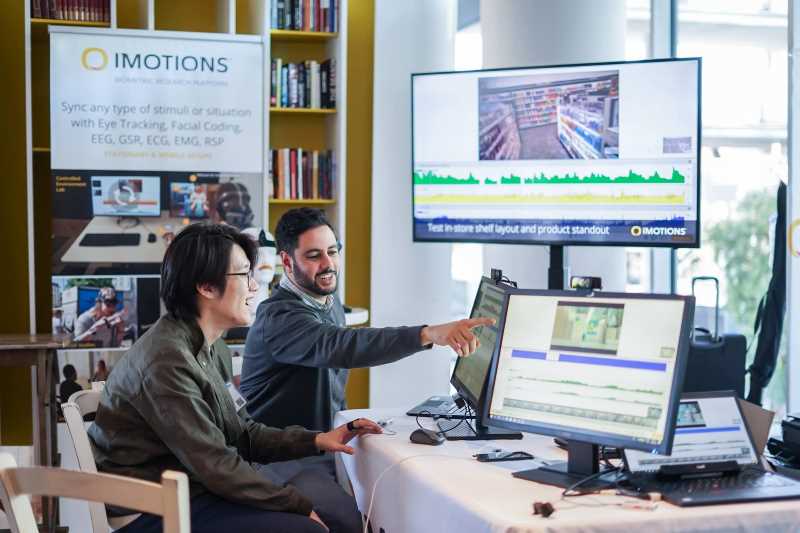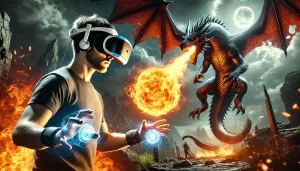It has long been reported that children with autism spectrum disorder (ASD) exhibit attention difficulties while learning. They tend to focus on irrelevant information and can easily be distracted. As a result, they are often confined to a one-to-one teaching environment, with fewer distractions and social interactions than would be present in a mainstream educational setting. In recent years, inclusive mainstream schools have been growing in popularity due to government policies on equality rights. Therefore, it is crucial to investigate attentional patterns of children with ASD in mainstream schools. This study aims to explore the attentional behaviors of children with ASD in a virtual reality simulated classroom. We analyzed four eye-gaze behaviors and performance scores of 45 children: children with ASD (ASD n = 20) and typically developing children (TD n = 25) when performing attention tasks. The gaze behaviors included time to first fixate (TTFF), first fixation duration (FFD), average fixation duration (AFD) and the sum of fixation count (SFC) on fourteen areas of interest (AOIs) in the classroom. Our results showed that children with ASD exhibit similar gaze behaviors to TD children, but with significantly lower performance scores and SFC on the target AOI. These findings showed that classroom settings can influence attentional patterns and the academic performance of children with ASD. Further studies are needed on different modalities for supporting the attention of children with ASD in a mainstream setting.
The testing room consisted of two monitors, one each for the participants and the researcher, sized 24 inches and 34 inches, respectively. For the participants, we attached the screen-based Tobii X2-60 eye-tracking device to the base of the 24-inch monitor. The adoption of screen-based eye-tracking is less likely to interfere with the research outcomes. Four eye-gaze measures were analyzed with iMotions, a commercial software tool. This software provides a real-time evaluation of eye-gaze and other biometric measures.
Have you done Research with iMotions?
We want to do more for researchers. Please contact us if you have done research using the iMotions Software Platform and would like to be featured here on our publications list and promoted to our community.












